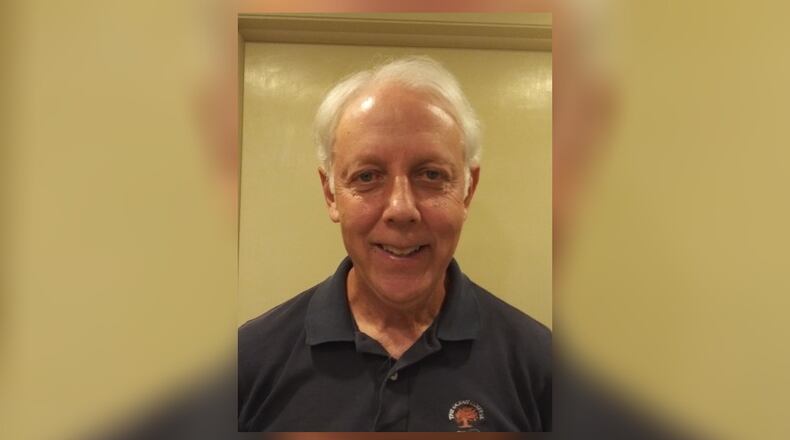The first was the Cuban Missile Crisis in October of 1962. I was a sixth grader at St. Albert Grade School in Kettering. This moment in history brought the United States and Russia close to nuclear war, and even the youth of America could feel the tension. We underwent “duck and cover” drills that were intended to protect children from nuclear radiation by hiding under their desks. Sister Virginia Anne scared us into submission by emphasizing our proximity to Wright Patterson Air Force Base. Thankfully, President Kennedy and the U.S. government maintained direct and also “backchannel” communication with the Kremlin and disaster was averted when the USSR withdrew its nuclear weapons as long as we agreed not to invade or attack Cuba.
A second profound event took place during my senior year of high school. My friends and I went to see a double feature at the Art Theater on Wayne Avenue. The first movie was “The War Game,” a fifty-minute, Academy-award-winning 1966 BBC documentary about a fictional thermo-nuclear attack on the British city of Kent. Its news-feature style includes many disturbing images and a “voice of God” narration throughout a stark and dismal narrative that is a highly unsettling cinematic experience.
The second movie, Stanley Kubrick’s “Doctor Strangelove,” deals with the same subject in a completely different way. It creates a scenario in which U.S. Air Force General Jack Ripper, unbeknownst to President Merklin Muffley, orders an all-out nuclear attack on Russia because he believes the enemy has sabotaged our water supply through fluoridation, which would surely sap all Americans of their “precious bodily fluids.” The rest of this 1964 film shows a futile race to withdraw the attack, which will trigger a Russian “Doomsday Machine” that obliterates the entire world. The acting of Peter Sellers, George C. Scott, and Slim Pickens are spot-on hilarious, but afterwards we asked ourselves how we could laugh at the ultimate morbid scenario.
My third experience was in 1974. I took a boat from South Korea across the Sea of Japan to see Kyoto, Nara, and finally Hiroshima, where a nuclear bomb took the lives of over 100,000 people, mostly civilians. Tens of thousands more suffered the effects of radiation for decades afterwards. Beneath ground zero, one building survived the explosion. Alongside it stands a museum with many photos and artifacts showing the degree of destruction which took place on August 6, 1945. I felt no hatred or resentment from the Japanese people who were in the museum that day, but I think we all wished for lasting peace in a world without such weapons.
What will it take for Putin to realize the brutal folly of his will to dominate a nation that wants no part of his “liberation” tactics? He will learn the hard way, just as we did in Vietnam, Iraq and Afghanistan. I pray that a wider war with nuclear implications does not ensue.
Jim Brooks is a retired high school English teacher who writes, coaches tennis, and tutors immigrants.
About the Author
